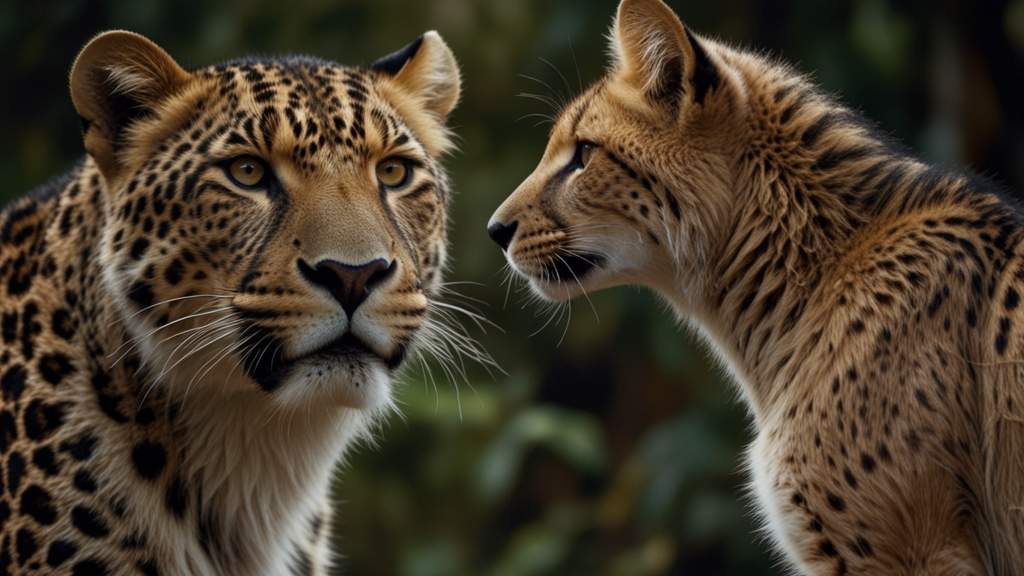How Mammals Communicate: The Language of the Animal Kingdom
Mammals, a diverse group in the animal kingdom, exhibit complex and varied forms of communication. From the melodic songs of marine mammals to the intricate dances of primates, the mechanisms by which these creatures interact can be both subtle and profound. Understanding how mammals communicate reveals much about their social structures, survival strategies, and evolution.
Vocal Communication
Vocalization is one of the primary methods mammals use to convey information. Wolves, for instance, utilize a sophisticated system of howls, barks, and whimpers to coordinate pack activities, establish territories, and reinforce social bonds. Each vocalization carries distinct meanings, enabling intricate group coordination.
Marine mammals like whales also rely heavily on vocal communication. Whale songs, which can travel vast distances underwater, play a crucial role in navigation, mating, and social interaction. The complexity of these vocalizations is akin to a symphonic composition, with patterns and rhythms unique to different whale species.
“Communication is not just about making sounds. It’s about the patterns, frequencies, and contexts in which these sounds are made.” – Marine Biologist, Dr. Susan Clarkson
Non-Vocal Communication
While vocalization is significant, many mammals also depend on non-vocal forms of communication. Take, for example, the elephants, which use a combination of sound, smell, and touch. Elephants communicate through infrasound, vocalizations at frequencies below human hearing, which can travel over several kilometers. Additionally, they engage in tactile communication by touching trunks, which reinforces social bonds and conveys comfort or alertness.
Primates exhibit a rich tableau of non-vocal communication through gestures and facial expressions. Chimpanzees, our closest relatives, use a variety of hand signals, postures, and facial expressions to convey emotions, coordinate hunting strategies, and establish dominance hierarchies. These behaviors are often taught and learned within groups, showcasing the cultural aspect of primate communication.
“The way animals communicate often mirrors the complexity of human language, particularly in how they use body language and social cues.” – Primatologist, Dr. Jane Goodall
Chemical Communication
Chemical signals, or pheromones, are another crucial element in the communication arsenal of mammals. These chemical messengers convey information about reproductive status, territory, and individual identity. For example, many rodents and canids mark their territories with urine, which contains pheromones that signal their presence and reproductive status to others.
Female mammals often release pheromones to indicate their readiness to mate, eliciting behavioral responses from males. This form of communication ensures that mating occurs at optimal times for the survival of offspring. The subtleties of chemical communication underscore an often invisible but critical form of interaction within the mammalian world.
Conclusion
The ways in which mammals communicate are as diverse and intricate as the species themselves. From the haunting calls of a wolf pack to the silent exchange of chemical signals, these interactions play a vital role in the daily lives and evolutionary progress of these animals. By studying and understanding these communication methods, researchers gain invaluable insights into the complexities of mammalian behavior and the broader tapestry of life on Earth.
“The language of the animal kingdom, though different from human speech, is a testament to the adaptive and intricate nature of life.” – Ethologist, Dr. Konrad Lorenz
In essence, mammalian communication is not just about survival; it is also about thriving in a complex, interdependent world. As we continue to explore and decode these languages, we not only unveil the secrets of the animal kingdom but also deepen our connection to the natural world.











